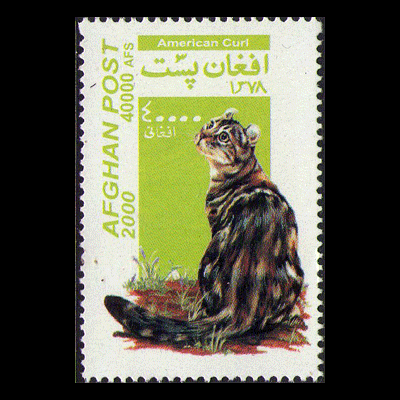
Patterns of cat behavior at feeding occasions
Cat-human relations when cats are fed
Source: John S. Bradshaw and Sarah E. Cook
Applied Animal Behaviour Science vol 47 no 1-2, April 1996
starts p61, 14 pages long
There are different ways of studying relationships between cats and humans, and one way is to focus on interactive behaviour in terms of sequences and motor patterns. Feeding is not the only way in which cats bond with humans, but it is important, since cats do not usually develop attachments to households unless they are fed there. It is also worth studying, because it occurs regularly and is easy to observe.
This study involved 36 cats from Southampton, UK, all of which were spayed or castrated, apart from one tom. Nervous cats that did not trust strangers observing them were excluded, as were cats only appearing for food on an irregular basis. The cats’ behaviour was recorded from when food was offered until they went out of the house, or five minutes after finishing their meals, whichever happened first.
Some behaviour did not involve the cats trying to communicate with humans feeding them, and this included grooming, lip licking, and looking around. Other behaviour did involve communication, and included following, looking at and rubbing the owner. A third set of behaviour, such as flicking the tail and miaowing, is important for cats communicating with other cats, though this type of behaviour was observed without any other cats being there.
The most common behaviour before a meal consisted of the cats interacting with the owner and using cat-cat communication signs. Cats were less likely to interact with owners after feeding, and tended to groom themselves.
Cats also tend to have their own behavioural styles. The way that these cats behaved after feeding did not appear to be linked to their behaviour prior to their meal. Younger cats were more likely to go out of doors following their meal, but otherwise there appeared no link between cats’ behaviour and other factors such as age, sex, the cat’s origin, and whether other pets were in the household. Owner characteristics also appeared to have little effect on the cats’ behaviour when feeding, though owner attitudes will probably affect how cats respond to grooming and playing, ie activities where owners are more directly involved. Inherited tendencies and developmental factors may therefore explain behavioural differences between cats at feeding time.
CA,BT


